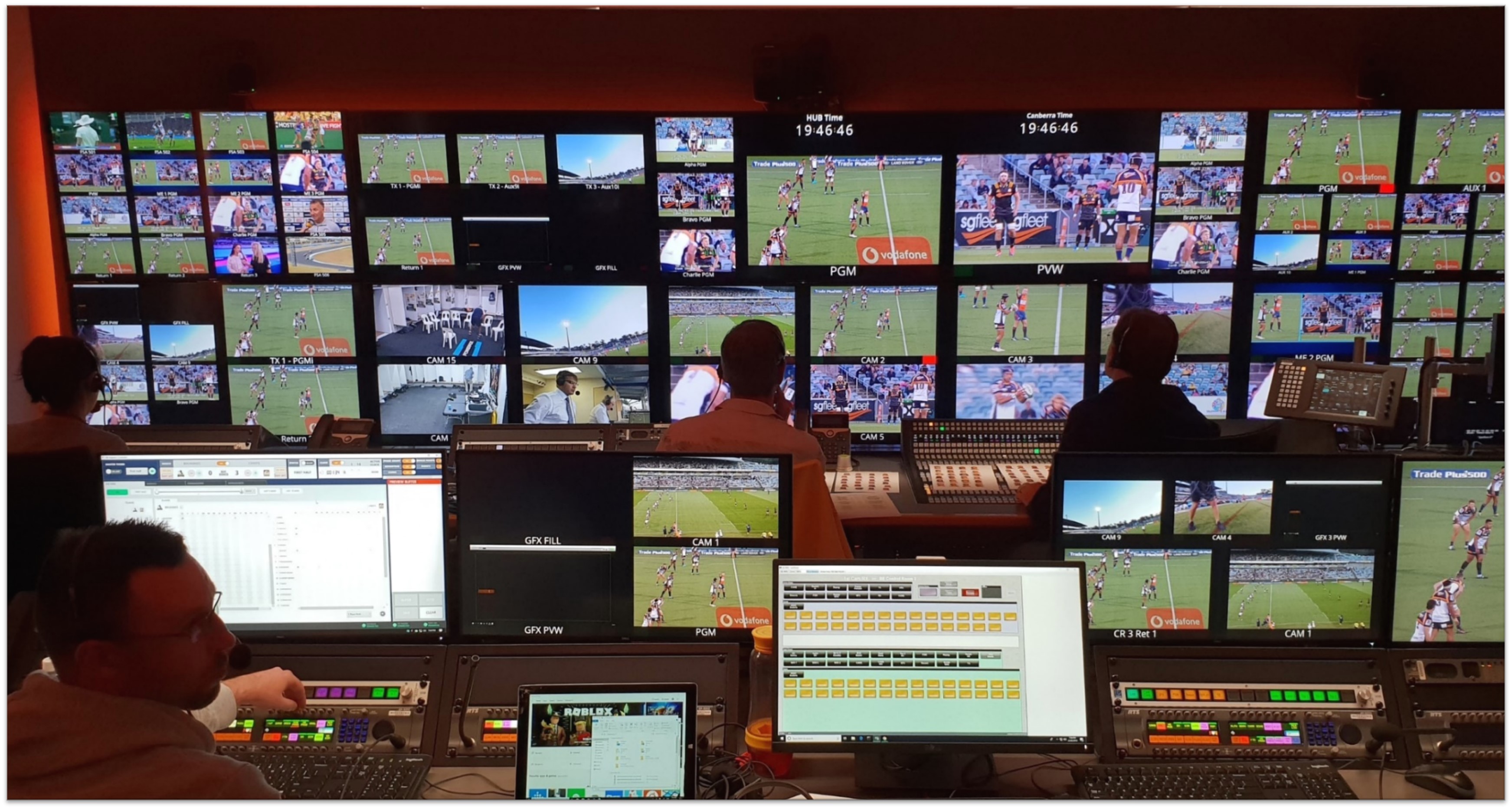NEP Plans Updated, 2nd Generation Andrews Hub
The updated Andrews Hub will be capable of supporting all-4K HDR broadcasts for Tier 1 live sports coverage

SYDNEY—NEP Australia has announced plans for its second generation Andrews Hub, which will be capable of supporting all-4K HDR broadcasts through the largest set of facilities worldwide built for Tier 1 live sports coverage.
“In 2017 when we launched the Andrews Hub we went to the moon and back in every centralized IP broadcast each day,” said Soames Treffry, president of NEP Australia, New Zealand & Japan. “Our second-generation Andrews Hub is a story of continued investment and innovation in how we’ve built the largest-scale, 4K, centralized production complex on the planet.”
“Tier 1 sports broadcasting is in our DNA, and it has driven the development of our own control system, ‘TFC’, and our ‘anyone, anywhere’ philosophy,” he continued. “And with the launch of the ‘hybrid grip’ trailer, we’ll be reducing our onsite footprint even further, making our services more sustainable again.”
First opened in 2017, the Andrews Hub is part of NEP’s growing network of centralized production centers and a global production ecosystem. With its main facilities located in Sydney and Melbourne, and satellite locations, or “spokes”, in Adelaide and Brisbane, the Andrews Hub has supported numerous clients in producing shows across continents, often thousands of kilometers away from where the match or live event is taking place – even across the Pacific Ocean.
As part of its expansion, NEP will build four new control rooms and upgrade its Network Operations Centers to meet increased demand. Work areas for shading and HDR grading of footage before it goes on air will be added, as well as new “mini” studios and commentary suites for on-screen, off-tube commentary.
Other advancements include:
- Expanded state-of-the-art facilities using 100% IP, scalable technology, designed to have the lowest possible impact on the environment.
- The introduction of the “hybrid grip,” a new, all-in-one-style tender/grip trailer with on-board streaming technology built in and ready to hit the road. The single trailer design will include all automated workflows that have made the Andrews Hub so successful, but in a much smaller footprint. As a single trailer only, travel and logistics to move equipment across such a large country becomes more efficient and minimises the carbon footprint for each project.
- NEP will also deploy a new fully integrated and powerful enterprise resource planning (ERP) package to its broadcast control and orchestration platform, making planning and scheduling more efficient and seamless, and enabling more efficient utilisation of equipment across country borders or in different regions.
“We’ve seen a huge increase in the number of projects we’ve covered through the Andrews Hub due to COVID-19,” said Marc Segar, NEP’s vice president of Enterprise Architecture. “While we were able to add temporary control rooms and remote location ‘spokes’ in Brisbane and Adelaide to get us to where we are today, building the next-generation Andrews Hub facilities in Sydney and Melbourne will further enable us to meet just about any production challenge or configuration for our clients. It’s incredible how far we’ve come over the last four years and the future is very bright for live broadcast and centralized production. Fans want to watch sport perhaps more now than before the pandemic, and we are so proud to be a part of delivering that experience to them.”
The professional video industry's #1 source for news, trends and product and tech information. Sign up below.
More information about NEP Australia and the Andrews Hub is available at www.nepgroup.com.au.
George Winslow is the senior content producer for TV Tech. He has written about the television, media and technology industries for nearly 30 years for such publications as Broadcasting & Cable, Multichannel News and TV Tech. Over the years, he has edited a number of magazines, including Multichannel News International and World Screen, and moderated panels at such major industry events as NAB and MIP TV. He has published two books and dozens of encyclopedia articles on such subjects as the media, New York City history and economics.

